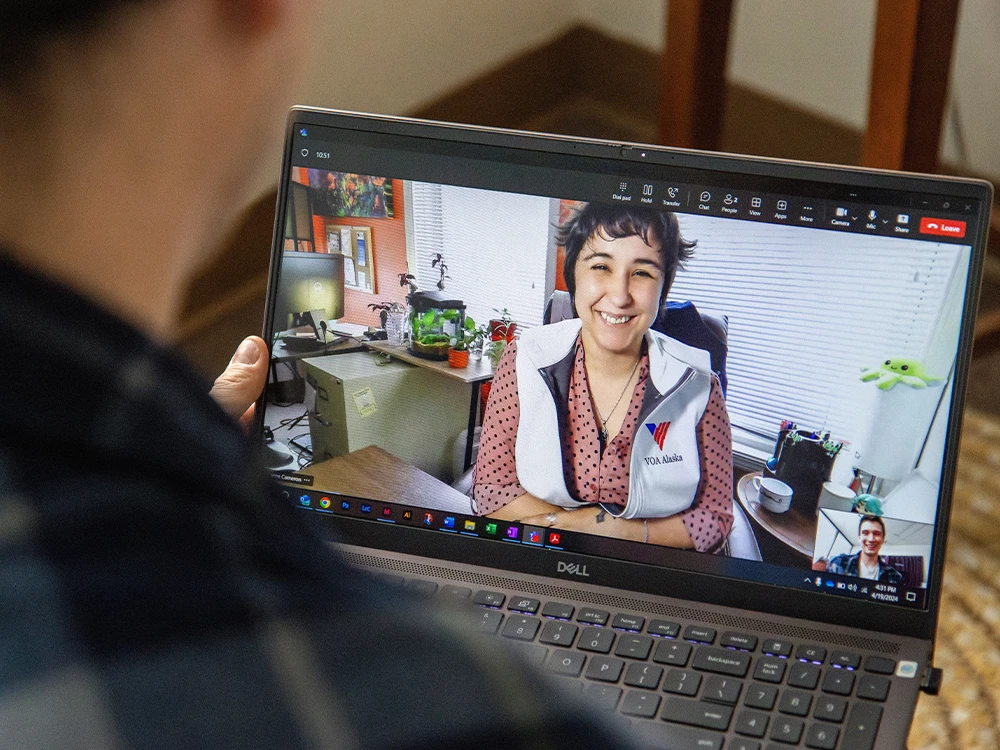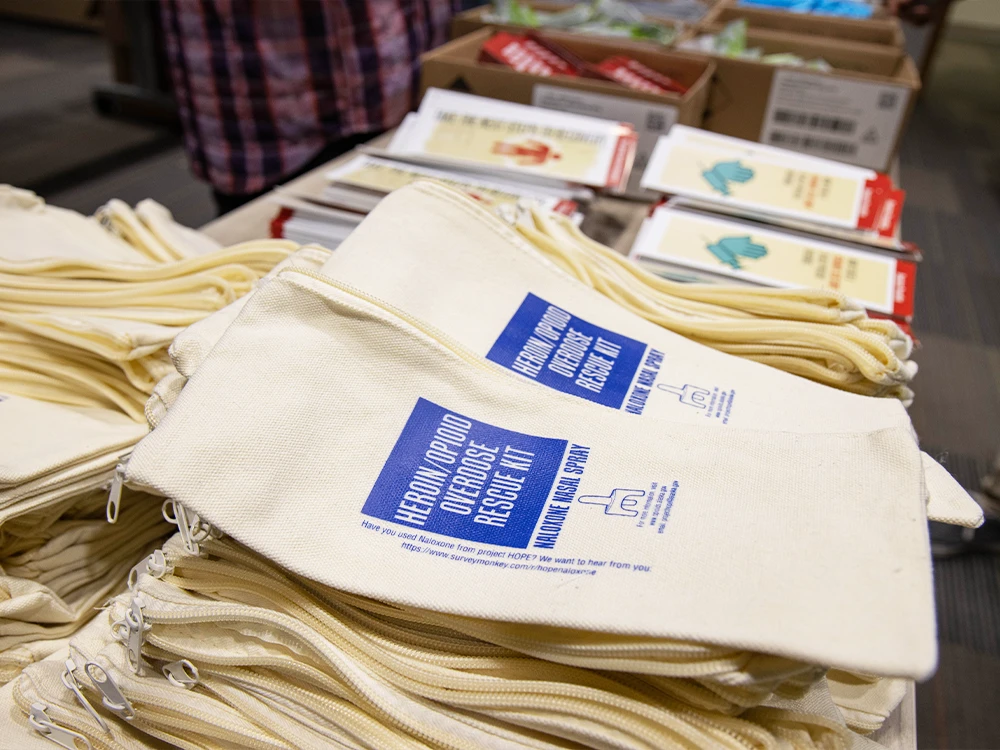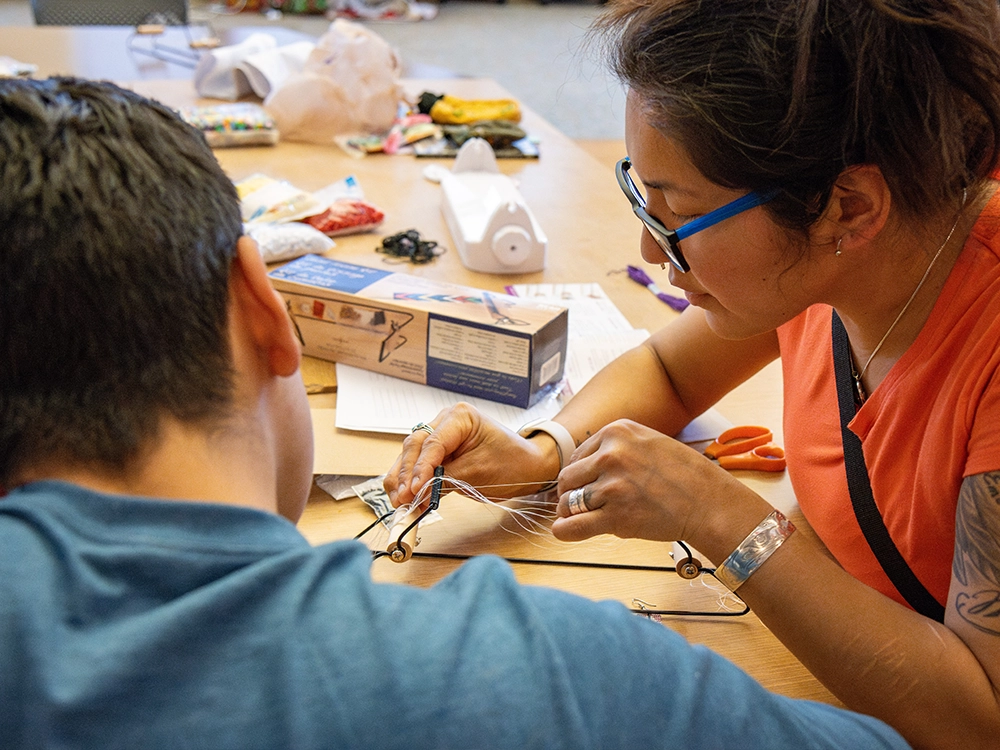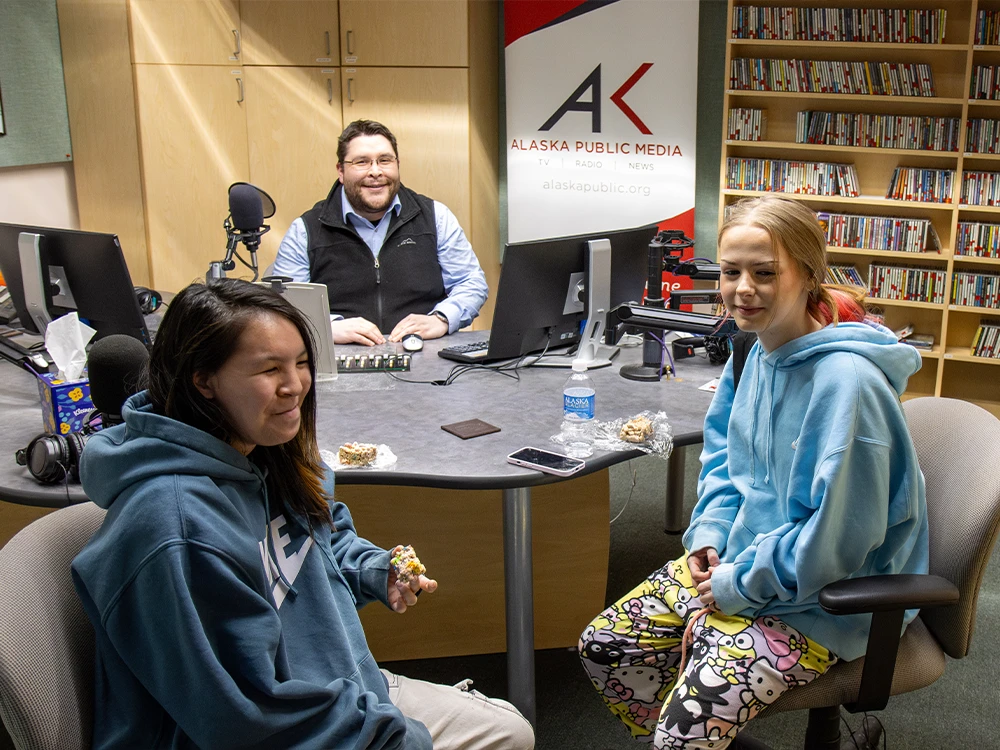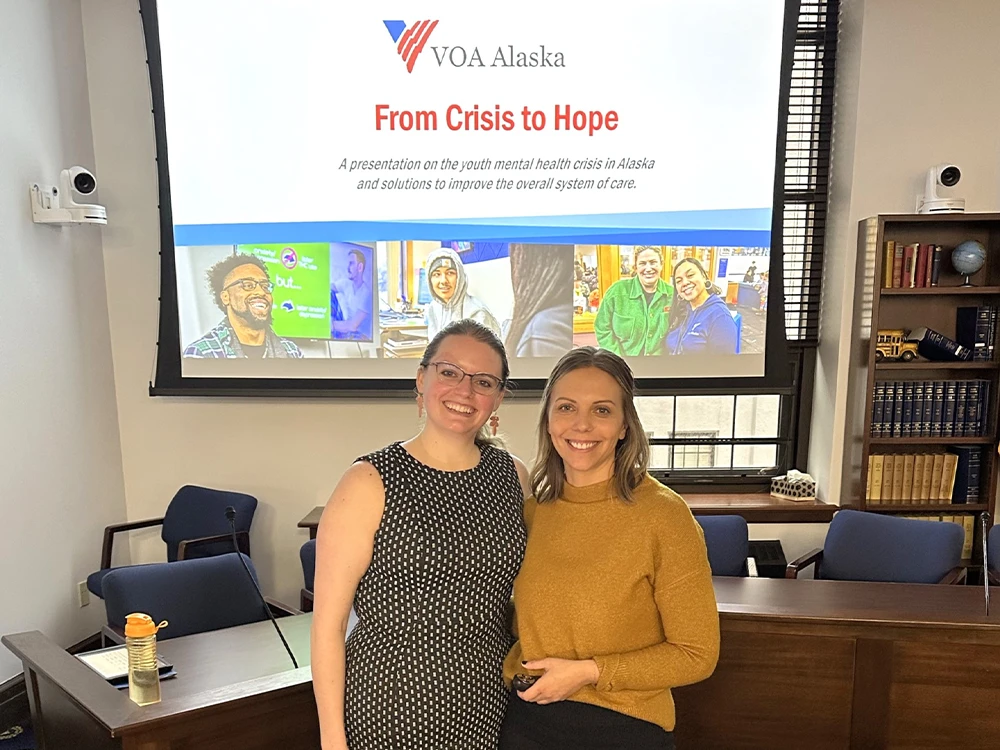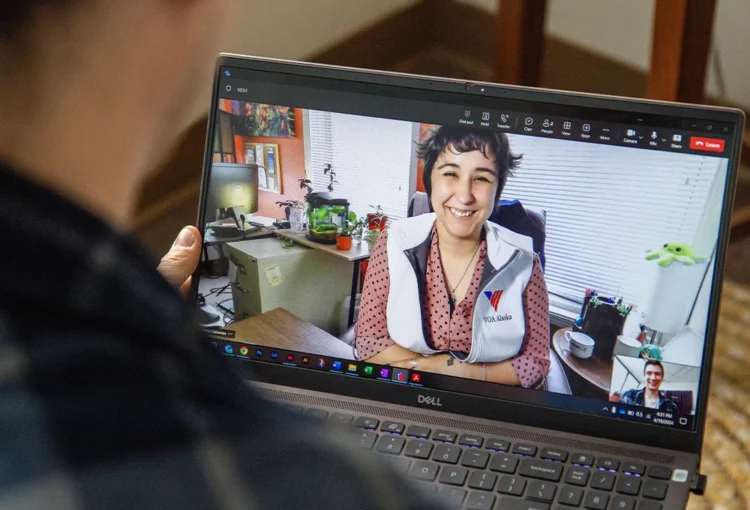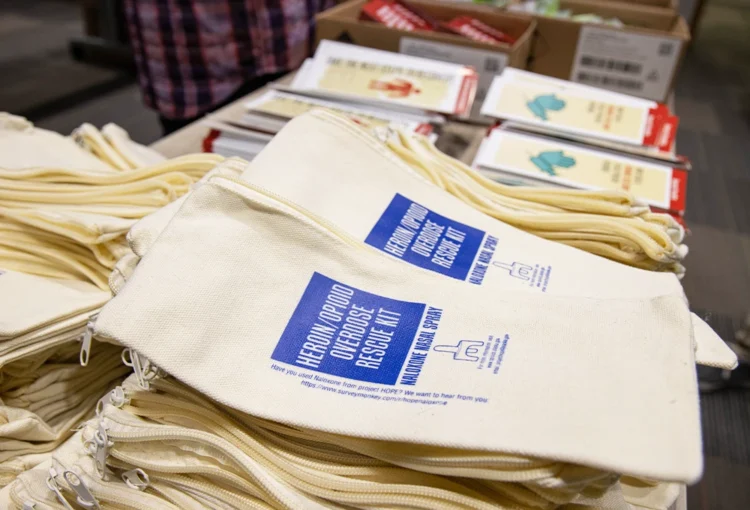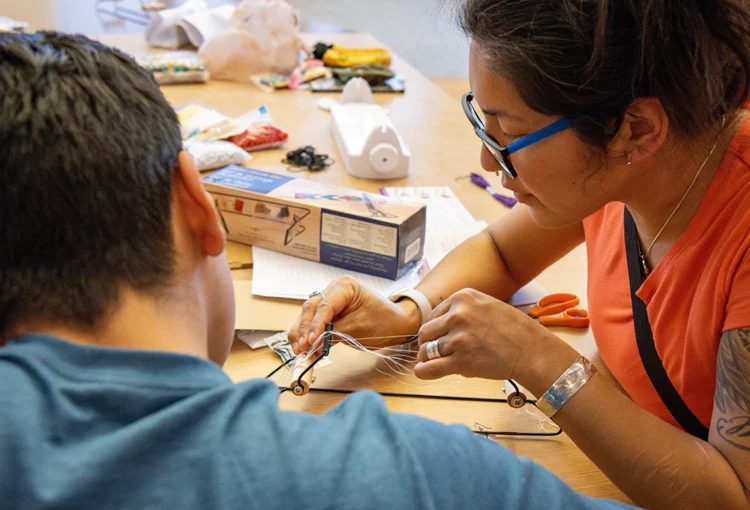April is National Child Abuse Prevention Month, a time to recognize the importance of families and communities working together to prevent child abuse and neglect. This month, we’re highlighting the Strengthening Families framework, which presents five protective factors for building healthy and strong families. In a series of blogs, we’ll be looking at each factor and sharing tips and inspiration for how to put these factors into practice.
The first Protective Factor is parental resilience, which Strengthening Families describes as “managing stress and functioning well when faced with challenges, adversity, and trauma.” Being a parent can be stressful! Juggling work, household chores, meeting your children’s needs, and managing the family’s schedules and expenses can be a massive challenge at times. Part of being resilient is realizing that “fixing” things is not always the answer.
This factor is important for preventing child abuse because it’s difficult to manage strong emotions and make the best choices for your family during stressful situations. Without resiliency, you run the risk of becoming emotionally exhausted, making it difficult to identify key warning signs and find resources. This is not due to a lack of love or caring, the brain just cannot take in this information when operating in survival mode.
Self-care is a key for putting this factor into practice. Take a lunch break when you feel stressed at work. Spend time in nature as often as you can. Go for a quick walk around the block. Eat healthy snacks. Get enough sleep. Make time for a hobby. Avoid negative self-talk. Find what makes you feel good and what helps you decompress from the day so you can put family first when you’re at home.
Here at VOA Alaska, our services are tailored to reduce stress on families! For example, our school-based mental health program provides services directly within several schools in Anchorage. Caregivers don’t have to worry about adding “one more thing” to their to-do list—scheduling and transportation for a weekly appointment isn’t difficult when their children’s therapy session is just down the hall from their classroom. Our school-based clinicians also provide resources, counseling, and parenting education for the whole family.
In my role, I’ve seen this factor employed in various ways that benefit the family. Caregivers leaving their work stress at work is huge for being able to go home and enjoy time with their family and relax. Or managing sudden changes to the schedule, like when a child is sick and needs to stay home from school. Everyone in the family benefits from a low-stress environment.
Preventing child abuse is everyone’s responsibility. We all have a role to play in protecting the children of our community and supporting resources that help build up healthy and strong families. Check out the other blogs in the series below or learn more about our range of behavioral health and support services to see how VOA Alaska can support you and your family.
The 5 Protective Factors of Strengthening Families
Knowledge of Parenting and Child Development


